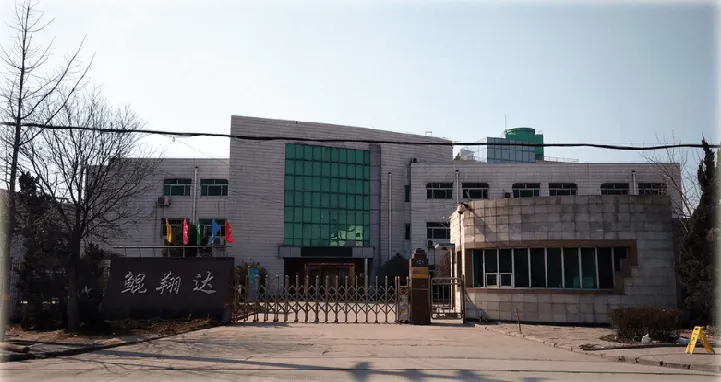Polyacrylamide, commonly referred to by its chemical structure, is a versatile polymer widely used in various industrial, environmental, and laboratory applications. The compound is represented by the CAS number 9003-05-8, which is a unique identifier assigned to it for regulatory and identification purposes. This article explores the properties, applications, and safety considerations related to polyacrylamide, emphasizing its significance across different sectors.
Properties of Polyacrylamide
Polyacrylamide is a synthetic polymer made from acrylamide monomers. It can appear as a white powder or granules, and its solubility in water makes it an ideal choice for numerous applications. The polymer exhibits excellent adhesive properties and can form hydrogels, enabling it to retain water and nutrients effectively. Its molecular weight can vary significantly, affecting its viscosity, gel strength, and other physical characteristics.
One of the most notable features of polyacrylamide is its ability to act as a flocculant, which helps aggregate particulates suspended in liquids. This property is crucial in wastewater treatment, where polyacrylamide is used to improve the settling of solids and enhance the clarity of treated water. Additionally, it can be modified to produce cationic, anionic, or non-ionic forms, further extending its versatility in diverse applications.
Applications of Polyacrylamide
1. Water Treatment Polyacrylamide is extensively used in municipal and industrial wastewater treatment. Its flocculating properties assist in the coagulation and settling process, allowing for the removal of suspended solids and pollutants. As a result, treated water meets environmental safety standards before being released back into the ecosystem.
2. Soil Stabilization In agriculture, polyacrylamide is utilized to enhance soil structure and promote water retention. It reduces erosion and runoff, resulting in improved crop yields. By improving soil moisture retention, farmers can also optimize irrigation practices, ultimately conserving water resources.
3. Paper Industry Polyacrylamide plays a significant role in the paper industry, where it is employed as a wet strength agent and flocculant in the pulp and paper-making process. It aids in improving the retention of fibers and fillers, contributing to the overall quality of the final product.
polyacrylamide cas no

4. Cosmetics and Personal Care Polyacrylamide is used in various cosmetic formulations due to its thickening, emulsifying, and film-forming properties. It helps stabilize mixtures and creates appealing textures in lotions, creams, and gels.
5. Laboratory Applications In research and biochemistry, polyacrylamide gels are essential for techniques such as electrophoresis, which separates proteins or nucleic acids based on size and charge. Polyacrylamide gel electrophoresis (PAGE) is a common method in laboratories for analyzing biomolecules.
Safety Considerations
Despite its widespread use, polyacrylamide raises some safety concerns, primarily due to the acrylamide monomer's toxic and potentially carcinogenic properties. During the polymerization process, the monomer is typically transformed into a safe polymer form. However, precautions should be taken to prevent inhalation or skin contact with raw acrylamide.
In applications involving polyacrylamide, particularly in industrial settings, it is crucial to adhere to safety guidelines and regulatory standards. Proper handling and disposal of polyacrylamide waste materials should also be ensured to minimize environmental impact.
Conclusion
Polyacrylamide, designated by the CAS number 9003-05-8, is a multifaceted polymer that plays a pivotal role in various industries, from water treatment to agriculture, cosmetics, and research. Its unique properties make it an invaluable tool for improving efficiency and performance across numerous applications. While the use of polyacrylamide is generally considered safe when properly managed, awareness of its potential hazards is essential for ensuring safety in both industrial and laboratory environments. Overall, polyacrylamide continues to be a significant player in modern science and industry, with ongoing research exploring new applications and formulations.

